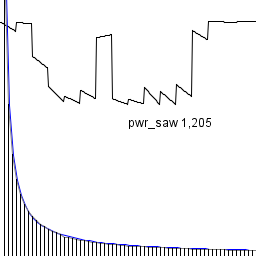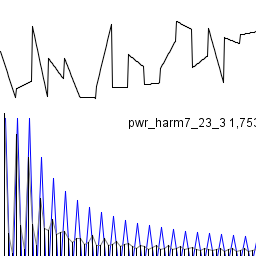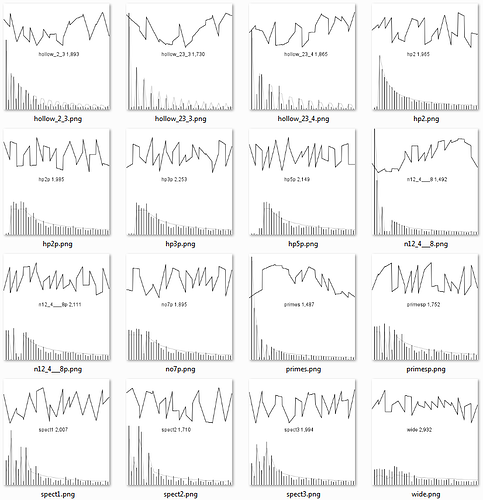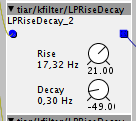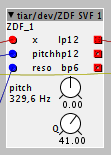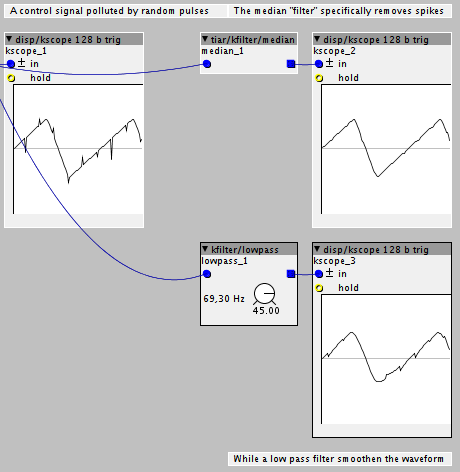Yes, @lokki, there are limitations
The BLI antialiasing is certainly amongst the most efficient anti aliasing, low CPU, good antialiasing, wide band and can anti alias sync.
But, basically, the BLI antialiasing scheme is limited to one transition per sample.
If you consider the higher note you will play being at 4000Hz, you will be able to manage up to
Nyquist/4000 = 24000/4000 = 6 transitions.
That's why my first steppy oscillators was limited to 6 steps.
I modified the method in 12StepsBLI(sync) in order to handle up to 2 transitions per sample. But it increases CPU.
What i like with these oscillators is the imperfection of the steps that generates a bunch of characteristic imaging harmonics.
Well in an audio signal we have 16 int32...
we can pack in there 32 int16
even if standard modules - like mixers - won't be compatible with this, it is still a handy way to transmit short waveforms.
At the moment, i'm still experimenting with short waveforms.
I've found a way to do second order DPW on waveforms with discontinuities.
Imagine a waveform with only 16 segments.
The trick is that the segments do not need to be connected.
the end of the first segment do not have to coincide with the start of the second segment.
This way, it is possible to make a 16 segment waveform with more than 8 harmonics.
Help -> Library -> Community -> tiar -> osc -> 16StepsDP2
is still in progress but you can play with it to get an idea. (simply change the last slider up and down, that's where i put the discontinuity in the waveform. note that the waveform is updated in the oscillator on "note on")
The wf_16Steps has 32 sliders that controls:
- slider0: start of segment 0
- slider1: end of segment 0
- slider2: start of segment 1
- slider3: end of segment 1
- ...
- slider30: start of segment 15
- slider31: end of segment 15



 (as were early samplers that used variable rate sampling for each voice).
(as were early samplers that used variable rate sampling for each voice).  I loved the particular sound of the Mirage and of the early E-mu sampler.
I loved the particular sound of the Mirage and of the early E-mu sampler.